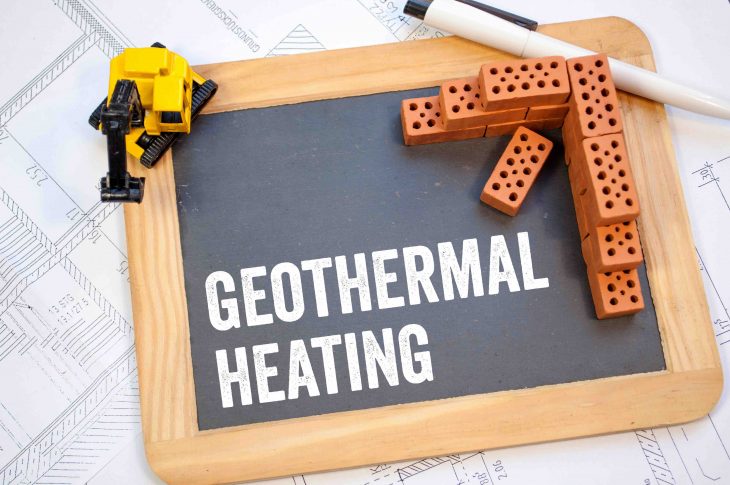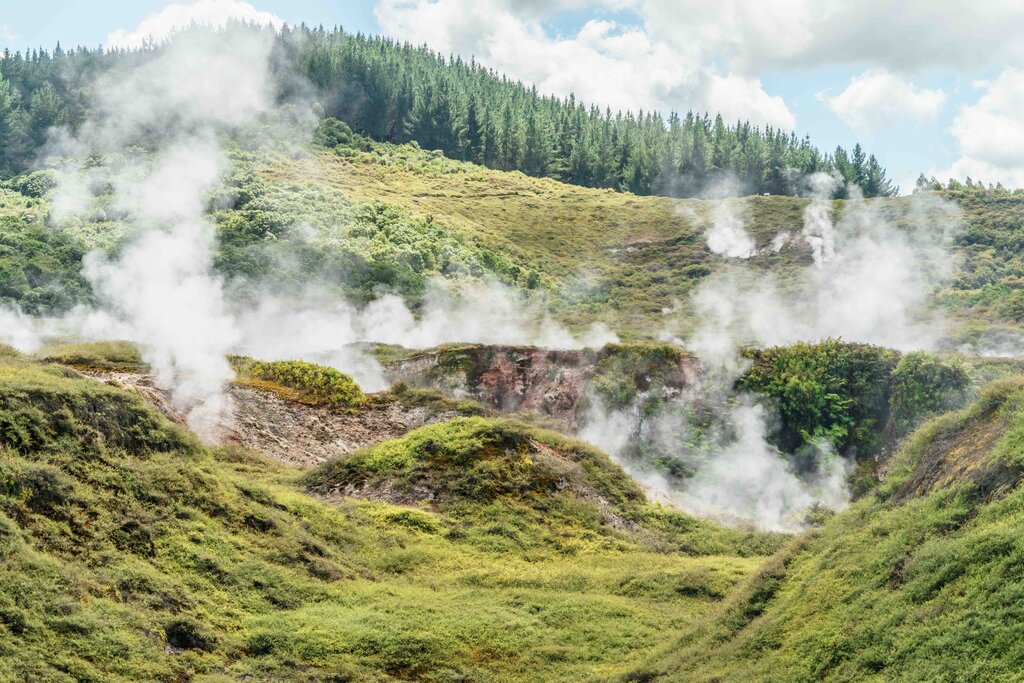
Geothermal energy, harnessing the Earth’s natural heat to generate power, is an intriguing and sustainable source of renewable energy. From ancient origins to modern-day applications, here are 19 captivating facts that shed light on the wonders of geothermal energy.
What Is Geothermal Energy?
Renewable and Sustainable
Geothermal energy is considered a renewable energy source because the heat it harnesses is continuously produced and replenished within the Earth. This heat is generated from the radioactive decay of elements like uranium and thorium, as well as the residual heat from the planet’s formation billions of years ago. As long as the Earth’s heat generation processes continue, geothermal energy will remain a sustainable and renewable resource.
Ancient Roots
The utilization of geothermal energy dates back thousands of years, with ancient civilizations like the Romans and Native Americans using hot springs for bathing and heating.
Global Geothermal
Geothermal resources can be found worldwide, with over 90 countries operating active geothermal power plants. Countries like Iceland, the United States, the Philippines, Mexico, Italy, and New Zealand are known for their significant geothermal energy production. However, advancements in geothermal technology and exploration have allowed for the utilization of geothermal resources in many other countries as well.

Hot Spots
While some regions have more favorable conditions for geothermal energy production, such as areas with active volcanoes or geothermal hotspots, geothermal resources exist globally to varying degrees. Geothermal energy is most abundant in areas with tectonic activity, such as volcanic regions, geysers, and hot springs.
Powerful Earth’s Heat
The Earth’s core temperature reaches up to 6,000 degrees Celsius (10,800 degrees Fahrenheit), providing an immense source of heat energy.
Harnessing Heat
Geothermal power plants extract heat from deep within the Earth by drilling wells and using steam or hot water to generate electricity.
Emission-Free
Geothermal energy produces minimal greenhouse gas emissions, making it a clean and environmentally friendly alternative to fossil fuels.
Direct Use Applications
Geothermal energy has various applications beyond electricity generation. It is utilized for heating and cooling purposes through geothermal heat pumps, which efficiently provide space heating, hot water, and air conditioning in residential and commercial buildings.
Geothermal Heat Pumps
Geothermal heat pumps work by circulating a fluid, usually water or a mixture of water and antifreeze, through a series of underground pipes called ground loops. The fluid absorbs heat from the ground in winter and transfers it to the indoor space for heating. In summer, the process is reversed, and the heat pump extracts heat from the indoor space and transfers it back into the ground, providing cooling.
Geothermal heat pumps can also provide significant cost savings over time, as they can reduce energy consumption for heating and cooling by up to 50% compared to traditional HVAC systems.

Long Lifespan
Geothermal power plants have a longer lifespan compared to conventional power plants, with some geothermal wells producing energy for more than 50 years.
Baseload Power
Geothermal power plants can operate continuously, providing a steady and consistent power supply. They offer base load power generation, which complements intermittent renewable energy sources like solar and wind, ensuring a stable electricity grid.
Environmental Benefits
Geothermal power plants have a small land footprint, emit lower levels of air pollutants, and have a minimal impact on water resources compared to fossil fuel-based power plants.
Enhanced Geothermal Systems (EGS)
EGS technology aims to expand geothermal energy’s reach by creating reservoirs where the resource is not naturally abundant, increasing its potential for wider adoption.
Geothermal and Tourism
One of the most popular geothermal hot springs in the world is the Blue Lagoon in Iceland. The Blue Lagoon is located in a lava field on the Reykjanes Peninsula and is known for its milky blue waters rich in minerals like silica and sulfur. It has become an iconic tourist attraction, offering visitors a unique and relaxing experience.
In the United States, the Grand Prismatic Spring in Yellowstone National Park is a popular geothermal attraction. It is the largest hot spring in the park and is renowned for its vibrant colors caused by different types of bacteria thriving in the mineral-rich waters.
Geothermal in Iceland
Iceland is known for its extensive use of geothermal energy, providing heating and electricity to a significant portion of its population.

Heat for Agriculture
Geothermal resources can be utilized in agriculture for greenhouse heating, fish farming, and crop drying, enhancing sustainability in the sector.
Job Creation
The development and operation of geothermal power plants can have significant positive impacts on local communities in terms of job creation and economic growth. Building and maintaining geothermal power plants require a range of skilled workers, including engineers, geologists, technicians, and construction workers. These projects also create indirect employment opportunities in various sectors, such as supply chain industries and support services.
Geothermal Potential
Despite its immense potential, geothermal energy is currently underutilized globally, and there is scope for further research and development in the field.
Final Thoughts
These fascinating facts highlight the remarkable aspects of geothermal energy, emphasizing its importance as a renewable energy source with wide-ranging benefits for the environment and society. Exploring its rich history, global presence, and potential advancements can inspire a greater appreciation for this incredible source of power.
Frequently Asked Questions (FAQs)
What is geothermal energy?
Geothermal energy refers to the heat energy stored within the Earth’s crust, which can be harnessed and converted into useful forms of power.
How is geothermal energy generated?
Geothermal power plants extract heat from deep within the Earth by drilling wells and using steam or hot water to generate electricity.
Is geothermal energy renewable?
Yes, geothermal energy is a renewable energy source as it relies on the Earth’s natural heat, which is continuously produced and replenished.
What are the environmental benefits of geothermal energy?
Geothermal energy produces minimal greenhouse gas emissions, has a small land footprint, and has lower levels of air pollutants compared to fossil fuel-based power plants.
Where is geothermal energy most abundant?
Geothermal energy is most abundant in areas with tectonic activity, such as volcanic regions, geysers, and hot springs.
Was this page helpful?
Our commitment to delivering trustworthy and engaging content is at the heart of what we do. Each fact on our site is contributed by real users like you, bringing a wealth of diverse insights and information. To ensure the highest standards of accuracy and reliability, our dedicated editors meticulously review each submission. This process guarantees that the facts we share are not only fascinating but also credible. Trust in our commitment to quality and authenticity as you explore and learn with us.
